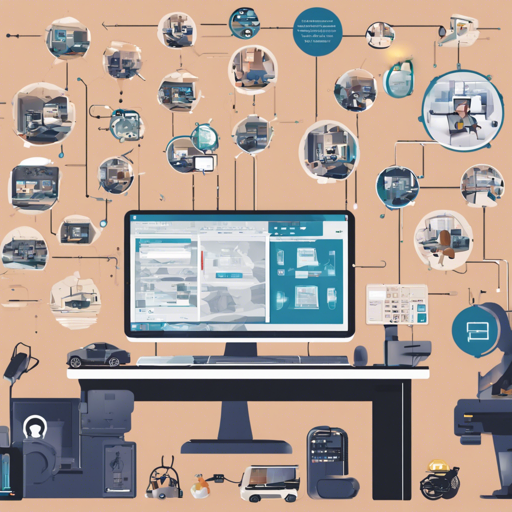In the world of computer vision, the YOLOv5 (You Only Look Once version 5) is a powerful tool designed to detect objects in images and videos with impressive speed and accuracy. This blog will guide you through the installation and usage of YOLOv5, ensuring you’re well-equipped to leverage this fantastic object detection model for your projects.
Overview
Leveraging the capabilities of ultralytics’ YOLOv5, you can swiftly integrate a robust object detector into your projects. YOLOv5 is designed for easy installation and provides a plethora of features to enhance your machine learning workflows. Here’s a summary of what you’ll gain:
- Effortless installation via pip:
pip install yolov5 - Command-line interface (CLI) integration
- Support for COCO dataset format
- Hugging Face Hub integration
- Amazon S3 support for model and dataset uploads
- Neptune.AI logger support for metrics and dataset logging
- Classwise Average Precision (AP) logging during experiments
Installation
To get started with YOLOv5, ensure your Python version is 3.7 or above, then run the following command in your terminal:
pip install yolov5Using YOLOv5 from Python
Once the installation is complete, you can start using YOLOv5 by importing it into your Python environment. Think of using pretrained models as borrowing a book from a library. Instead of writing everything from scratch, you can simply open the book, reference it, and adapt the information to your needs. Here’s how to load and use a pretrained model:
import yolov5
# Load pretrained model
model = yolov5.load('yolov5s.pt')
# Set model parameters
model.conf = 0.25 # NMS confidence threshold
model.iou = 0.45 # NMS IoU threshold
model.max_det = 1000 # Maximum number of detections per image
# Set image for detection
img = 'https://github.com/ultralytics/yolov5/raw/master/data/images/zidane.jpg'
# Perform inference
results = model(img)
# Display results
results.show()
# Save results
results.save(save_dir='results/')
Training with Custom Data
You can train the model with your custom datasets. This is akin to refining a prefabricated sculpture to fit your unique aesthetic vision. Use the following command to fine-tune YOLOv5 with a YOLO formatted dataset:
yolov5 train --data data.yaml --weights yolov5s.pt --batch-size 16 --img 640Inferences via CLI
YOLOv5 also offers command-line functionality to run inferences on various sources seamlessly. Consider this like having a multi-tool that serves various purposes without changing the hardware. An example command to run inference from a file is as follows:
yolov5 detect --source file.jpgTroubleshooting
If you experience issues during installation or usage, consider the following troubleshooting ideas:
- Ensure that you’re using Python version 3.7 or above.
- If you encounter installation errors, check your internet connection or try running the command as an administrator.
- Review your dataset formatting; ensure it aligns with the YOLO format.
- Utilize the logs available in Neptune.AI for insights into any training issues.
For more insights, updates, or to collaborate on AI development projects, stay connected with fxis.ai.
Conclusion
At fxis.ai, we believe that such advancements are crucial for the future of AI, as they enable more comprehensive and effective solutions. Our team is continually exploring new methodologies to push the envelope in artificial intelligence, ensuring that our clients benefit from the latest technological innovations. With YOLOv5 in your toolkit, you’re well on your way to mastering the art of object detection!

